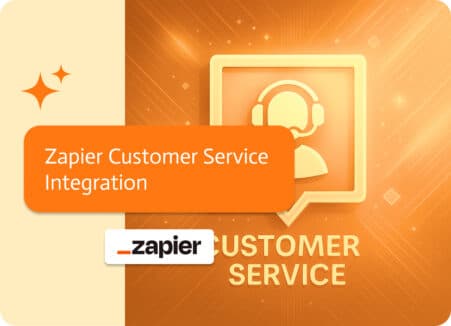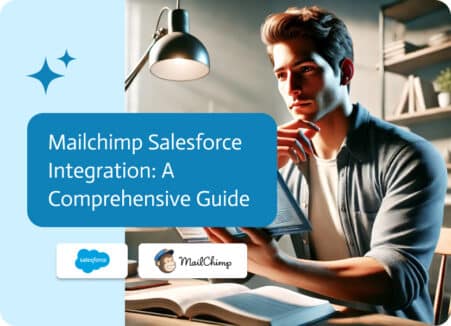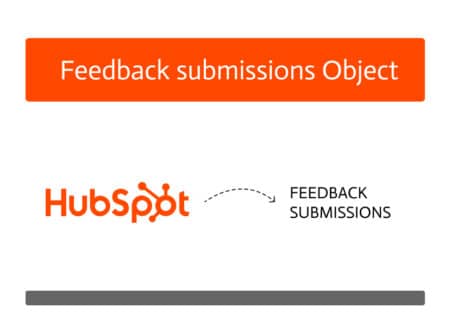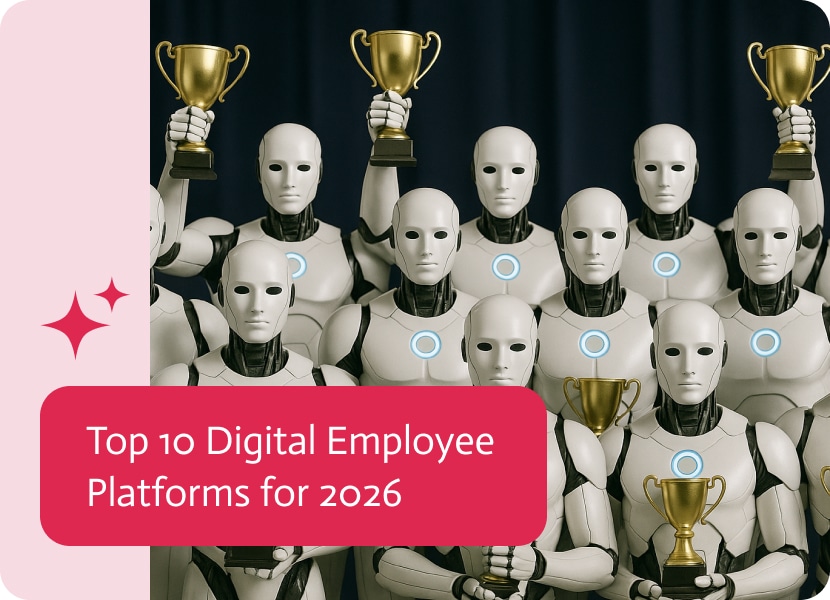
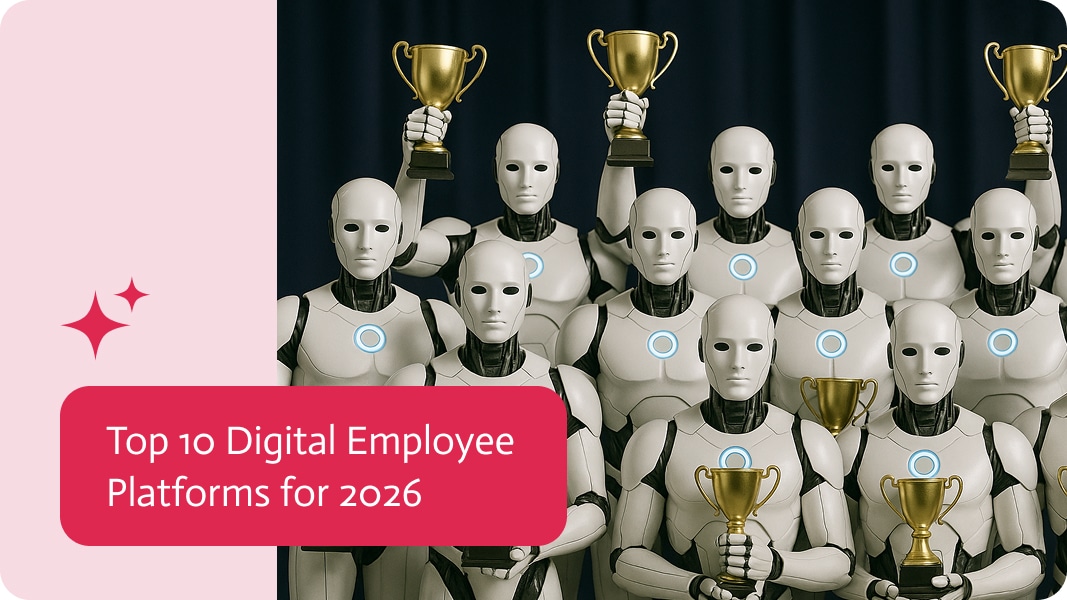
Digital Employees: Top 10 Platforms for 2026
Remember when “hiring” meant posting ads for jobs and then having to conduct endless interviews? Well, 2026 looks like it’s lining up a completely different story for everyone in every industry. The workforce is evolving into something we only witnessed in the movies; Let’s just say it’s not only about us humans anymore. These new digital employees, or AI workers if you’d like, are taking offices around the world by storm, and we’re going to show you why.
They’re able to handle complete end-to-end tasks with little to no supervision; yes, it’s no longer relegated to science fiction. They’re here, they’re working, and they’re shaking up how companies do things and operate. But here’s the important detail:, not all digital employee platforms are formed equally. Some of them are enterprise-focused powerhouses, while others are scrappy startups making AI available to everyone.
So, in order to make your life a little easier, we’ve gone ahead and done a detailed exploration, so you don’t have to. Let’s explore the top 10 digital employee platforms that are changing what it means to build an AI workforce in 2026.
1. Noca AI: The All-in-One Platfrom
What They Do: Noca AI has built its reputation on crafting AI workers that handle end-to-end tasks with near-complete autonomy. While many companies give you tools to build agents, Noca delivers ready-to-work digital employees that can be adjusted to meet any specification with plain English prompts.
What Makes Them Special: Noca AI’s digital employees are designed for specific business-centric jobs and they can work with little to no human supervision. They don’t just automate tasks, they complete entire workflows from start to finish, making decisions and changing course as they go. They also offer native integrations, which can be implemented conversationally in hundreds of languages.
The Philosophy: Autonomy is the key differentiator here, as Noca believes your digital employees should be as self-sufficient as human employees, requiring only strategic direction, you just need to point them in the right direction.
Ideal For: Businesses that are looking for true “set it and forget it” automation and teams that need the trustworthy execution of complex, multi-step processes and are ready to trust AI with meaningful responsibility. Innovators and organizations design custom AI applications with advanced functionalities, offering unparalleled adaptability.
The Reality Check: With all the upsides, keep in mind that the more autonomous a digital employee is, the more important it is to have clear instructions and make sure things are checked regularly. You’re giving these AI workers real jobs, so it’s better to be safe than sorry.
2. OpenAI: The Foundation Layer
What They Do: OpenAI isn’t technically a “digital employee platform” in the traditional sense, but they’re the 800-pound gorilla in the room that everyone else builds on top of. With the launch of ChatGPT Agent in July 2025 and the integration of Operator, OpenAI has positioned itself as the backbone of AI agents, so to speak.
The Game-Changer: Operator, powered by OpenAI’s Computer-Using Agent (CUA) model, has the ability to actually see and work with various websites, similar to how a person would. It takes screenshots, moves the mouse, types on keyboards, and completes multi-step tasks across the web. Need a dinner reservation at that impossible-to-book restaurant? Operator handles it. Flight booking? Done. Online forms? Consider them filled.
What Makes Them Special: OpenAI’s approach is definitely infrastructure-first. They’re not selling you prepackaged AI employees as such; they’re giving developers and businesses the tools to build their own. ChatGPT Agent works in 25+ languages and partners with many big names like DoorDash, Instacart, OpenTable, and Uber. Sam Altman’s prediction that agents would “join the workforce” in 2025 wasn’t just hype; it was a roadmap.
Good For: Developers, enterprises building custom AI, and anyone who wants cutting-edge capabilities with maximum flexibility.
The Reality Check: You’ll need technical chops or deep pockets to fully leverage OpenAI’s offerings. This isn’t plug-and-play for small businesses.
3. Relevance AI: The Australian Challenger
What They Do: This Sydney-born startup wants to be “the home of the AI worker,” and their case is compelling. Relevance AI offers a low-code framework that allows businesses to build not only individual AI agents but entire autonomous AI teams.
The Game-Changer: Their model-agnostic approach means you’re not locked into one AI provider. Want to use Claude for writing, GPT-4 for analysis, and Gemini for something else? Go for it. Relevance AI orchestrates them all into cohesive workflows.
What Makes Them Special: With 200+ enterprise integrations and 90% of the time they get it right, Relevance AI targets mid-market and enterprise companies that have tested systems but want to scale without hiring armies of people. They recently raised $10M Series A and achieved unicorn status. Not bad for a company that’s making AI available through low-code tools.
Best For: Mid-sized companies that want to automate certain actions but don’t want to hire a team of engineers at their disposal.
The Reality Check: The learning curve is gentle, but it still exists. You’ll need someone on your team who understands workflow logic.
4. 11x: The Revenue Machine
What They Do: Launched in 2022 by Hasan Sukkar, 11x isn’t messing around. Their philosophy is simple but radical: “We don’t sell tools, we sell work.” They’re building specialized AI digital workers focused exclusively on making money.
The Digital Workers:
- Alice: Your AI SDR who prospects, runs multi-channel outreach initiatives, and books meetings 24/7 in 28 languages
- Julian: AI phone sales rep who handles inbound qualifying of leads and customer conversations
- More workers in development, including James for talent acquisition
What Makes Them Special: 11x has grown to approximately $25M ARR with just 27 employees. Their clients include Siemens, ZoomInfo, Airtable, and ElevenLabs. In September 2024 alone, they raised $50M at a $350M valuation from Andreessen Horowitz. The market is clearly hungry for what they’re selling: complete automation of revenue functions.
Best For: Sales-driven organizations, B2B companies, and businesses that want to scale outreach without scaling headcount.
The Reality Check: You’re buying specific workers for jobs. If you need flexibility beyond sales and revenue, you’ll need to supplement with other platforms.
5. UiPath: The RPA Giant Goes Agentic
What They Do: UiPath is a worldwide presence known for Robotic Process Automation (RPA), and now they’re pivoting hard into agentic AI. Their philosophy is elegant: “Agents think, robots do, people lead.”
The Game-Changer: UiPath is uniquely positioned because they’re not abandoning their RPA roots, they’re trying to enhance them. Their robots handle deterministic, rule-based tasks with perfect reliability, while their new agents deal with reasoning and decision-making that is more complex. Together, they’re a formidable combination.
Key Products:
- Autopilot: Free tool that makes automation conversational
- Agent Builder: Create agents that collaborate with RPA robots
- Maestro: Agentic orchestration platform launched in 2025
What Makes Them Special: A developer community of 3+ million people and deep enterprise relationships in banking, healthcare, insurance, and manufacturing. UiPath emphasizes governance, auditability, and “glass box” transparency, which are critical for industries that are regulated.
Best For: Large enterprises, regulated markets, and companies that already have RPA infrastructure.
The Reality Check: This is enterprise-grade software with enterprise-grade complexity and pricing.
6. Creatio: The AI-Native CRM
What They Do: Creatio launched the first “AI-native” CRM service with Creatio.ai, and their claim is that AI should fit the user, not the other way around.
The Game-Changer: Creatio Energy 8.2 combines no-code tools with agentic and predictive AI. Their digital workers live inside the tools you already use, like Outlook and Zoom, so you don’t have to change how you work.
Key Features:
- Digital Talent/AI Agents: Personalized AI workers made specific roles
- Creatio Copilot: AI helper with 20+ pre-configured skills
- Brain AI: Plain language interactions for CRM and workflows
- AI Command Center: Design, deploy, and tweak AI skills from one place
What Makes Them Special: With $200M in funding at a $1.2B valuation and recognition as a Gartner Leader in B2B Marketing Automation for five consecutive years, Creatio has serious credibility. They’re targeting mid-market to enterprise across 20+ verticals.
Best For: Companies seeking CRM with built-in AI and organizations that want AI embedded in existing operations.
The Reality Check: You’re buying into an ecosystem. If you need integrations beyond what Creatio offers, you will start to feel a little boxed in.
7. Motion: Digital Employees Meet Productivity
What They Do: Y Combinator-backed Motion calls itself “the only work management service for both people and digital employees,” and they’ve built something genuinely interesting: seven pre-built digital employees that live inside a productivity suite.
The Digital Employees:
- Alfred: Executive Assistant (meeting prep, email, scheduling)
- Chip: Sales Representative
- Suki: Marketing Associate
- Millie: Project Manager
- Clide: Customer Support Specialist
- Spec: Recruiter
- Dot: Research Analyst
What Makes Them Special: Motion’s AI Calendar uses intelligent scheduling that balances over 1,000 parameters to optimize your day. Their digital employees aren’t siloed in a separate platform, they work where you work, managing tasks and time in one unified system. You can even build custom digital employees using natural language.
Pricing: Standard productivity plans start at lower tiers, while AI Employees use a credit-based consumption model ($49-$599/month).
Best For: Founders, small teams, and productivity-obsessed professionals who want digital employees without messing around with their workflow tools.
The Reality Check: The credit-based pricing can get expensive if you’re running digital employees constantly. Budget accordingly.
8. Moveworks: The Enterprise Support Specialist
What They Do: Moveworks is the enterprise artificial intelligence platform for employee support, with 350+ clients supporting over 5 million employees globally. They’re all about making enterprise systems easier to use through artificial intelligence.
The Game-Changer: Their Agent Studio is a platform for making custom AI agents, complemented by an agent marketplace with 100+ pre-built plugins for IT, HR, finance, and more. These aren’t chatbots, they’re digital employees that plan, reason, and execute multi-step workflows across enterprise systems.
What Makes Them Special: Moveworks operates in 100+ languages with 200+ out-of-the-box integrations and enterprise-grade security (SOC 2, encryption). They’re a 2025 Gartner Magic Quadrant leader for AI solutions in IT service management, and for good reason: they make enterprise infrastructure feel almost human.
Use Cases: IT support automation (password resets, software provisioning), HR automation (PTO requests, benefits questions, onboarding), and supply support across Finance, Sales, Marketing, and Engineering.
Best For: Large enterprise systems, IT departments drowning in tickets, and HR teams overseeing boatloads of employees.
The Reality Check: This is built for enterprise scale. If you’re a 10-person startup, you’re not the target customer.
9. Sintra.ai: The Small Business Champion
What They Do: While everyone else is chasing enterprise deals, Sintra.ai is democratizing digital employees for small businesses. With 40,000+ entrepreneurs from 100+ countries using the platform, they’re proving that digital employees aren’t just for the Fortune 500.
The 12 AI Employees: From Buddy (Business Development Manager) to Cassie (Customer Support Specialist) to Seomi (SEO Specialist) and Soshie (Social Media Manager), Sintra offers 12 personalized AI workers with real names and their own personalities.
What Makes Them Special: Brain learns from your files, websites, and documents to form a knowledge base. They also offer 90+ “Power-Ups,” like pre-built AI tools for different jobs like budget planning, contract generation, and FAQ creation. Plus, you get 12 personalized business ideas daily (that’s 1,800+ monthly activities) for inspiration.
Pricing: Starting at just $39/month (often with 65% off promos), Sintra.ai is radically affordable.
Best For: Solopreneurs and small businesses that can’t afford to hire full-time staff but need serious help.
The Reality Check: Their approach and personalities make it easy, but you might need something else as you outgrow the platform’s capabilities.
10. Lindy.ai: The Vibe Coder
What They Do: Founded by former Uber PM Flo Crivello in 2023, Lindy.ai wants to be your “first AI employee.” Their vision? Making digital employees as easy as talking to a teammate.
The Game-Changer: Lindy 3.0’s “vibe code” interface lets you build agents from prompt to production with plain English. But the real magic is Autopilot: it gives your agents their own cloud-based computers to perform any action through the UI, not just API calls. Your “Lindies” can literally navigate interfaces like people do.
What Makes Them Special: With 6,000+ integrations (via n8n.io and native connections) and 100+ pre-built templates, Lindy.ai makes building AI agents absurdly easy. Event-triggered automation means your Lindies work when you’re not. New email? Handled. Support ticket? Resolved. Webhook fired? Already on it.
Pricing: Free tier with 400 credits, Pro at $29.99/month (3,000 credits), with top plans up to $199.99/month. They even offer custom automation building for $500.
Best For: Founders, operations professionals, or just about everyone who wants powerful AI agents without coding.
The Reality Check: The language interface is brilliant until you need precision. Complex workflows require a bit of patience and iteration.
The Bottom Line: Choosing Your Digital Workforce
Despite what you may think, the digital employee revolution isn’t coming, it’s already here. But choosing where you get your digital employees from depends on what you actually need:
- Choose Noca AI if you need truly autonomous, end-to-end task completion at an enterprise level with simplicity.
- Go with OpenAI if you’re building customized things and have technical resources.
- Choose Relevance AI if you’re mid-market and want flexibility without vendor lock-in.
- Pick 11x if revenue generation is your primary focus.
- Select UiPath if you’re enterprise-scale and need RPA and agentic AI.
- Opt for Creatio if you want an AI-native CRM with embedded digital workers.
- Choose Motion if productivity and work management are central to your needs.
- Pick Moveworks if your enterprise IT/HR is drowning in support queries.
- Go with Sintra.ai if you’re a small business or entrepreneur on a budget.
- Select Lindy.ai if you want maximum ease and flexibility.
The workforce of 2026 is a hybrid situation: people and digital employees working side by side. The question isn’t whether to adopt digital employees, but which platform will help you build the team that works best for you. It’s time to start hiring differently.
